Honeysuckle (Lonicera) - one of the most valuable garden vines. Looks great on any supports, fences or pergolas, walls and as a design for garden arbors.
Liana can grow through a mesh fence, while creating a beautiful green wall that will additionally shade the garden and protect it from the wind. Looking through photos that depict decorative curly honeysuckle, you understand that planting and care require incredible attention and knowledge.
Content
Honeysuckle and its characteristics
Honeysuckle is one of the most beautiful flowering vines, according to most gardeners. This is a plant belonging to the Caprifoliaceae family. It can act not only as a liana, but also in the form of a bush.
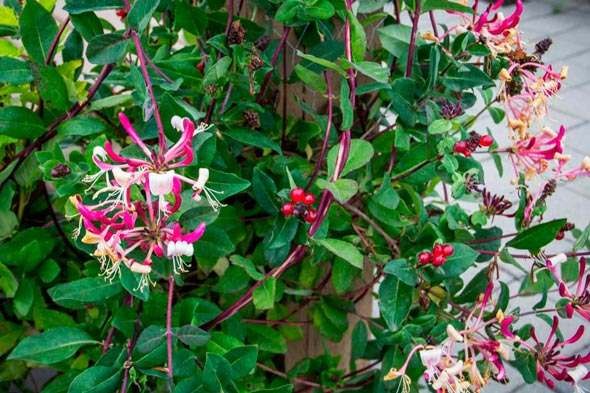
Some types of honeysuckle have different names, as they are bred as a result of selection work and are converted from vines to bushes. Important characteristics of the plant:
- It blooms beautifully depending on the variety from late May to October.
- The flowers have a very characteristic appearance - tubular, with external lips.
- It blooms in various shades: white, yellow, orange, red and purple-violet, and also smells great in the evening.
- Between July and October, berries are formed that many birds feed on.
There are also varieties of honeysuckle, the berries of which can be used as raw materials for making jam. These plants mainly have green leaves, but there are also varieties with leaves of a different color.
Variety Features
As decorative vines choose a variety of Japanese honeysuckle (Lonicera japonica) Aureoreticulata, which has a yellowish shade of leaves. It blooms first white, then the flowers change their color to yellow.
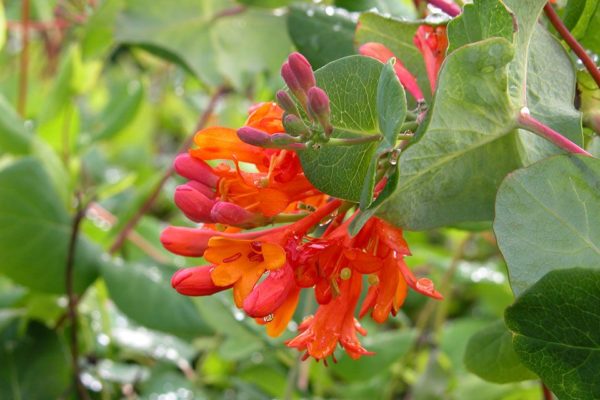 It is also worth paying attention to Purpurea, which is with purple leaves during the summer. Moreover, only partially loses them for the winter, so you can rank it among the evergreen varieties.
It is also worth paying attention to Purpurea, which is with purple leaves during the summer. Moreover, only partially loses them for the winter, so you can rank it among the evergreen varieties.
In order for you to grow decorative curly honeysuckle, as in the photo, you need to follow the rules of planting and care throughout the year.
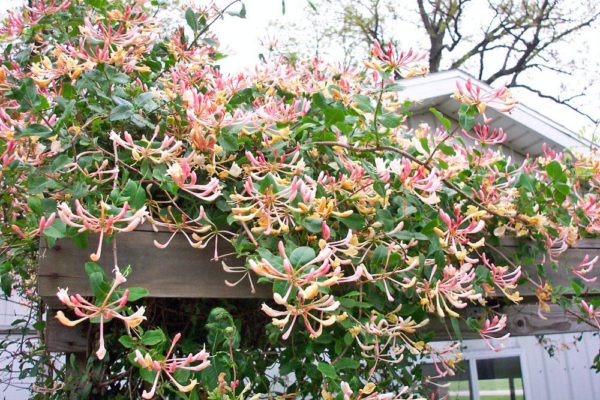
The fruits of most varieties grown for decorative purposes are inedible (usually slightly poisonous). Therefore, in no case should you use them.
There is an edible sort of honeysuckle canteen. Domestic breeders have bred a considerable number of varieties from which they make jam and eat berries - Sineglazka, Chelyabinka, Kamchatka and so on.
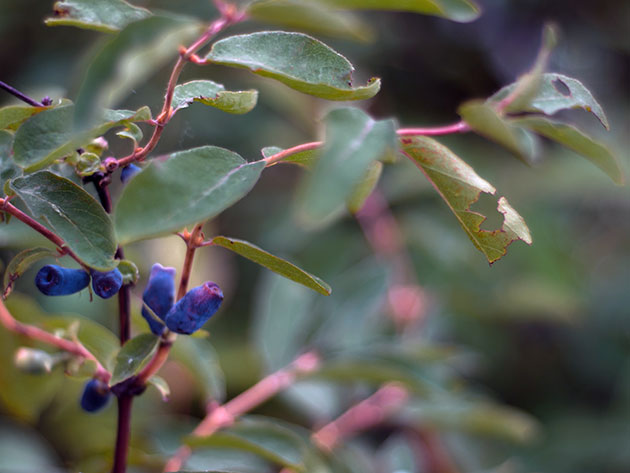 You may be interested in:
You may be interested in:Honeysuckle - growing and care
It grows best and blooms most often in flower beds located in sunny and semi-shady places.
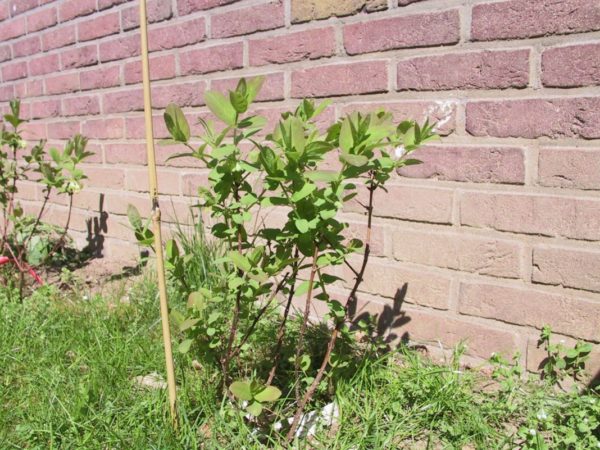
The soil should have a pH from neutral to slightly alkaline, but clayey, fertile and moist soils are best for honeysuckle.
Do not plant a plant in the ground with the following features:
- The high content of humus in the soil.
- Dry and poor in mineral fertilizer land.
- A marshland where water constantly accumulates.
- High sand soil.
Landing is best done on a dry and cool day.
In stores and garden centers, honeysuckle is usually available in containers.Vines can be planted throughout the growing season, however, it is worth remembering that species and varieties have some features.
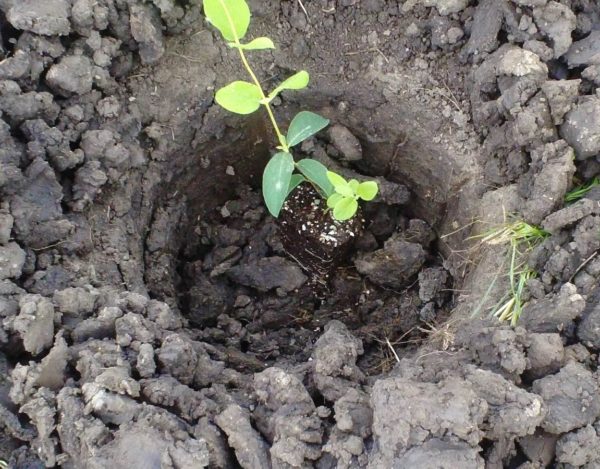 Some are better taken in the fall or early spring. If you have a warm area where the temperature does not drop below zero all year round, and you want to plant evergreen honeysuckle, then you can do this at any convenient time.
Some are better taken in the fall or early spring. If you have a warm area where the temperature does not drop below zero all year round, and you want to plant evergreen honeysuckle, then you can do this at any convenient time.
Pruning and care
Plant care begins with regular pruning, which is carried out throughout the season. After planting, you need to remove all damaged and diseased shoots to enable the plant to develop new ones. This will encourage him to release more shoots.
Such honeysuckle pruning carried out within 2-3 seasons. Do not forget about the regular inspection of the bushes, which will allow you to pre-detect diseases and pests. Today, the cost of honeysuckle is quite high, and nobody wants to lose such a plant.
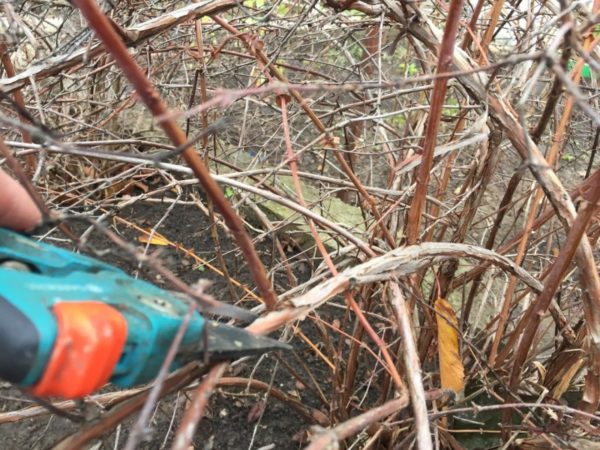
Everyone uses their methods that help to get an excellent result. What to do after landing:
- First of all, potash and nitrogen fertilizers are introduced into the soil, which will accelerate the growth of green mass.
- Watering is best once a week.
- For curly honeysuckle, it is necessary to create conditions for active growth, that is, it is planted next to fences, pergolas on which they can trail.
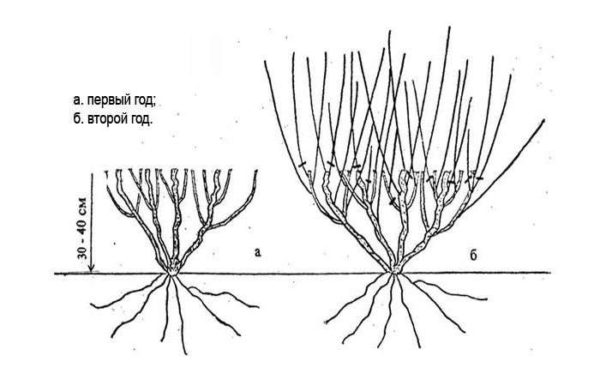
Plant rejuvenation is carried out in the spring, when all unnecessary vines are removed and very long are trimmed. Thus, it all depends on how the bush grows. Plant decorative honeysuckle to get, as in the photo, you can in winter, the main thing is appropriate care.
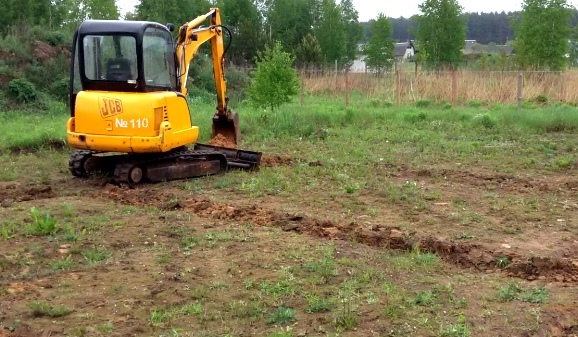 You may be interested in:
You may be interested in:Diseases and Pests
In the cultivation of these plants, the aphid, which attacks mainly young shoots, flower buds, and leaves, can become the biggest problem. Most often, exacerbation occurs at the beginning of the season, in May, as the buds begin to open, which attract pests from all over the garden. Fighting is best started with effective chemicals that you use for other plants or trees.
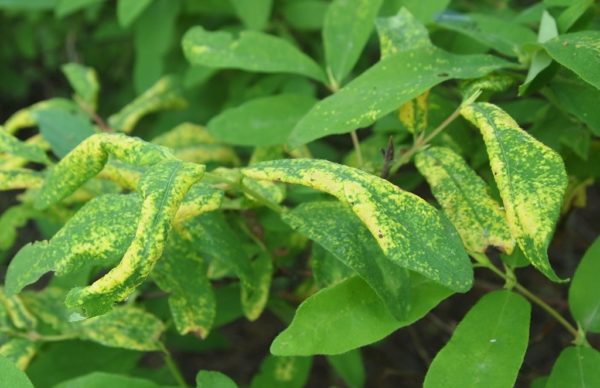
Powdery mildew is another problem that gardeners encounter. When infected with this disease, a white-gray powdery coating forms on the leaves. Often appears on plants growing in partial shade, where there is no draft.
For its destruction it is necessary to use antifungal agents. The types of honeysuckle, the least sensitive to fungal diseases:
- Brown (Lonicera brownii);
- Heckrotta (Lonicera heckrottii);
- curly (Lonicera periclymenum).
Also, plants are very often exposed to diseases in which spots on the leaves begin to form, or they completely die off. The lack of constant ventilation and the influx of fresh air can cause a deterioration in the appearance of the plant.
Planting and caring for decorative curly honeysuckle and its preparation for winter require special attention if you want to have a plant, as in the photo. Watering should also be controlled. A large amount of moisture can lead to rotting of the roots and, therefore, deterioration of the leaves.

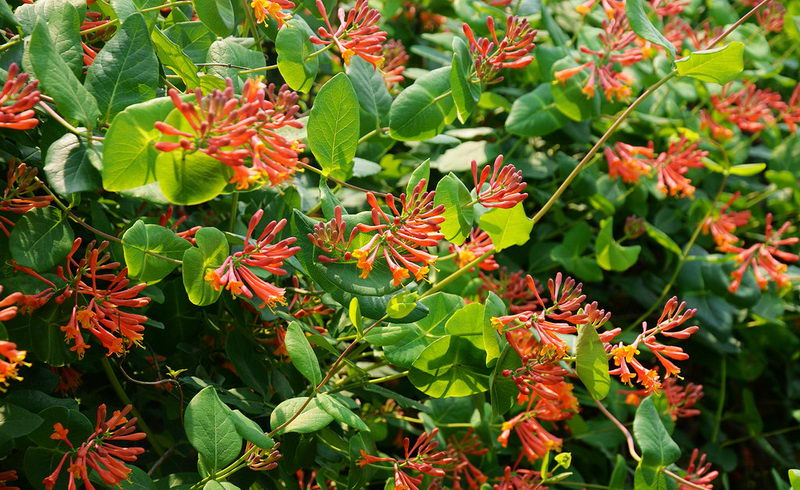
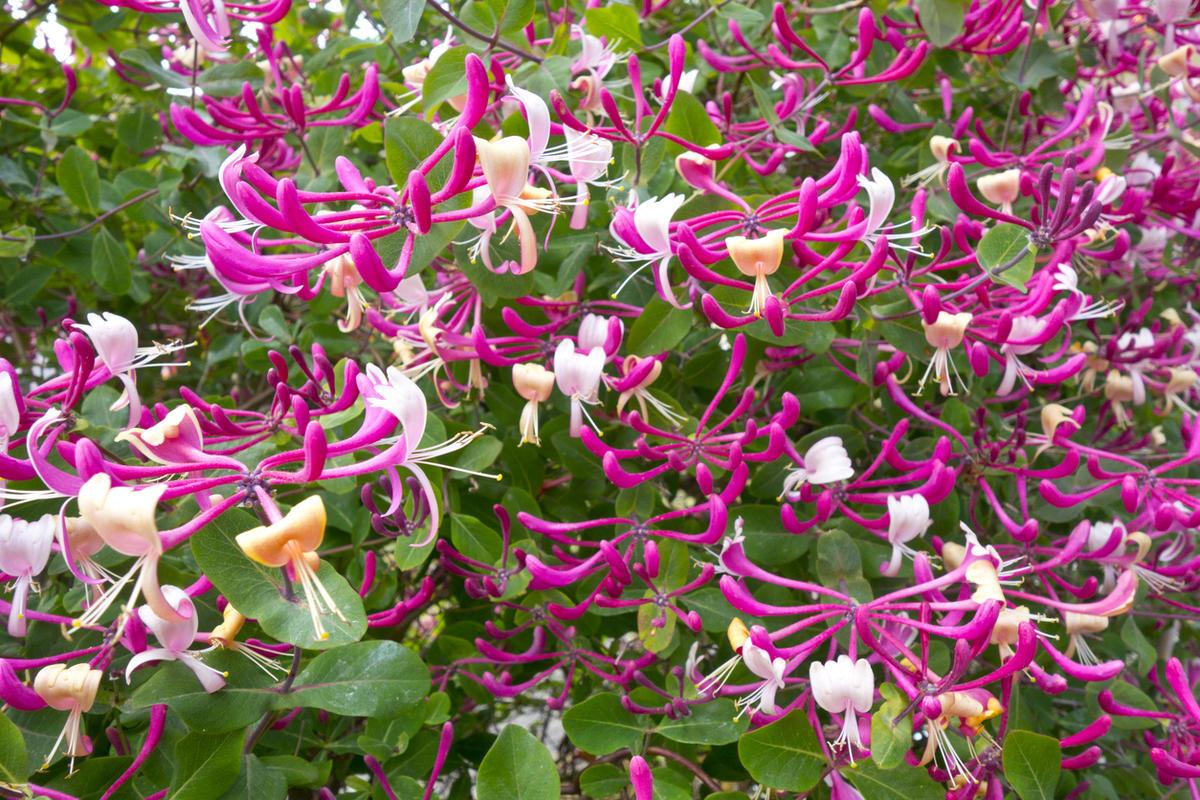
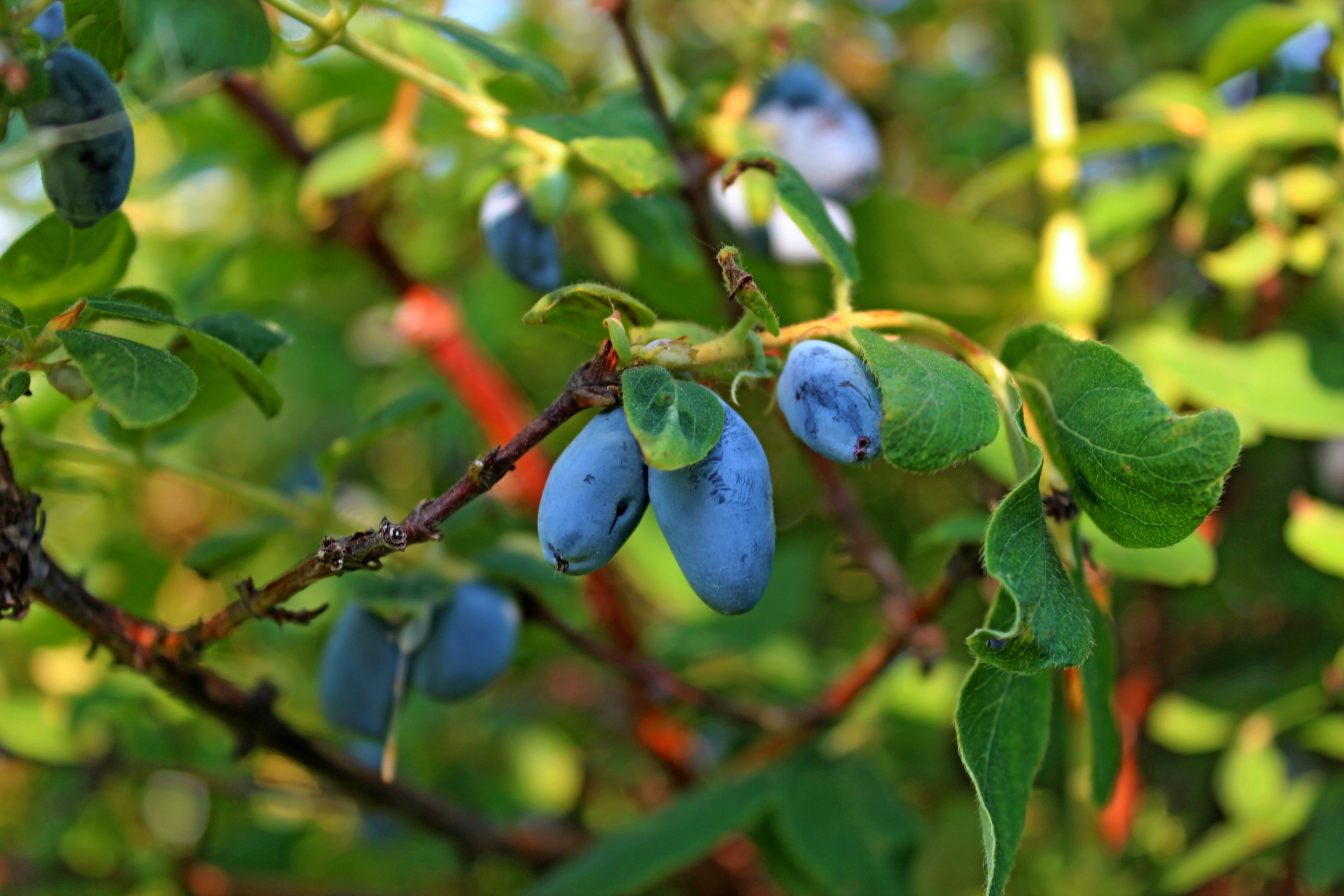
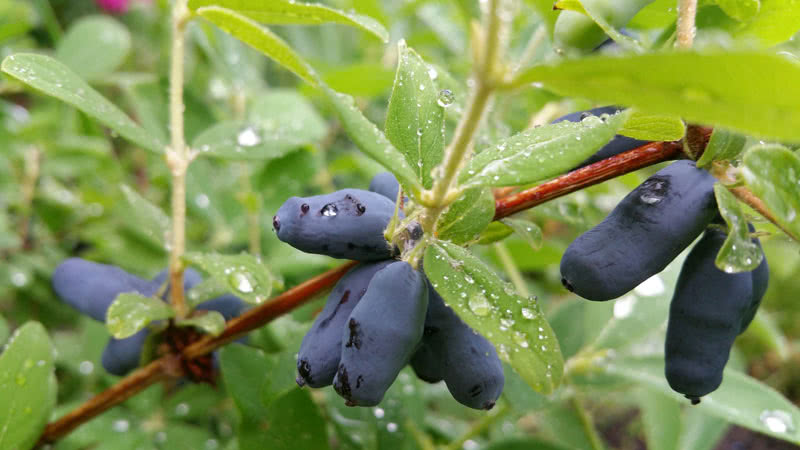 Edible honeysuckle: planting and care, breeding methods, diseases
Edible honeysuckle: planting and care, breeding methods, diseases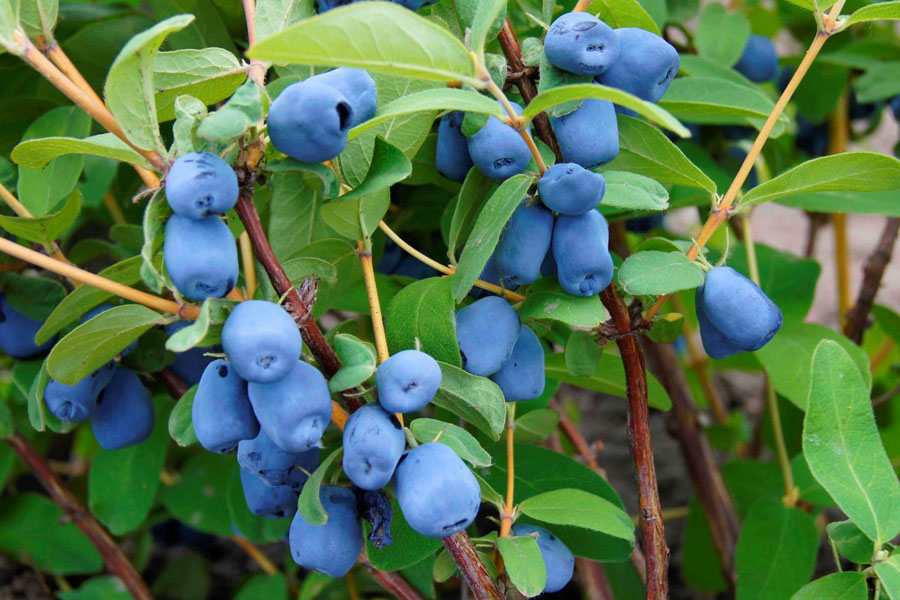 Honeysuckle pruning: when and how to do it correctly, features, patterns
Honeysuckle pruning: when and how to do it correctly, features, patterns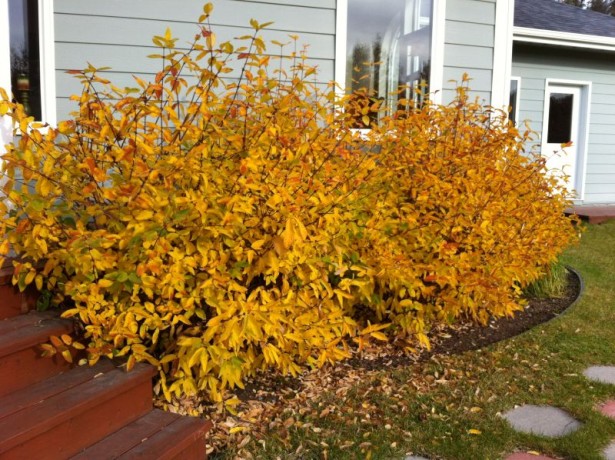 Honeysuckle in the fall: planting and care, transplanting, breeding, shelter for the winter
Honeysuckle in the fall: planting and care, transplanting, breeding, shelter for the winter